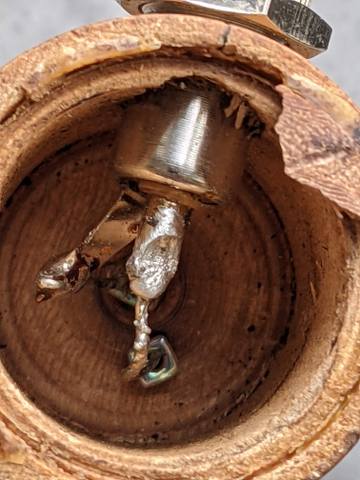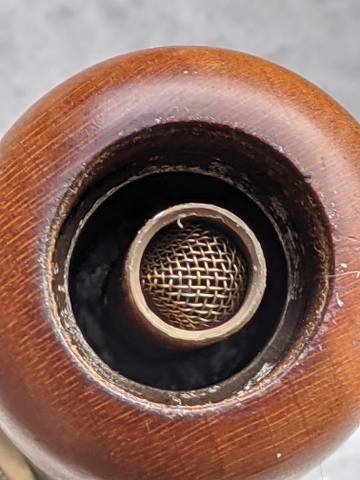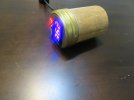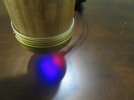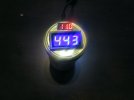Thanks to this forum I ventured into making my first log vap.

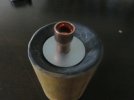

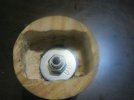
My work is still a work in progress, yet I thought I’ll share some of my experiences in this endeavor. At first I planned on making a relatively simple design. My plan was to use an aluminum tube as my heater cover instead of stainless steel one, as stainless has terrible heat conductivity (try cooking on a pure stainless steel cookware, one will get uneven cooking). I bought the upgraded 40w 24v ceramic heater which is now 50w and has a white sleeve instead of a red one. I planned on threading the aluminum so I can attach it onto a t-nut, and I wanted a thermometer in the unit. I had to make a few changes along the way; but the unit heated very well with a 12v power supply. It reached 200ºF in 3 minutes, 350ºF in ten minutes, yet the air resistance was too much as the heater is 6mm and the inside diameter of my aluminum tube was 6.3mm. so back to redesigning it.
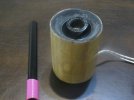
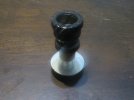
While I was trying to find different fittings, I saw a black iron 3/8-1/4in reducer that looked like a bowl, thinking that the 1/4 end will fit into a 3/8 outside diameter I bought it. It turns out that 1/4-NPT threading has an opening slightly over 1/2in. long story short; I am now switching to 1/4 NPT sizing and have a temporary prototype working. Hopefully, my next one will be cleaner, simpler, very functional, and have a temperature regulator in it/or a current voltage display and a current temp display.
P.S. The stainless steel cup is a one oz stainless shot glass, and the black stuff one can see in the picture is Rutland furnace cement. The cement has a temperature rating of 2000ºF, and made a Popsicle stick nearly fireproof.

 ) and he's the best person to advise on that.
) and he's the best person to advise on that.


